PAGE CONTENT:
In an age where data is king, protecting and managing that data is more important than ever. Whether you're an individual safeguarding personal files or an enterprise managing petabytes of customer information, efficient data storage strategies are vital. One such method is RAID - Redundant Array of Independent Disks - a powerful storage configuration designed to improve performance, ensure redundancy, and provide fault tolerance. This article covers everything you need to know about RAID: what it is, how it works, the types, advantages, limitations, and its evolving role in today's tech landscape.
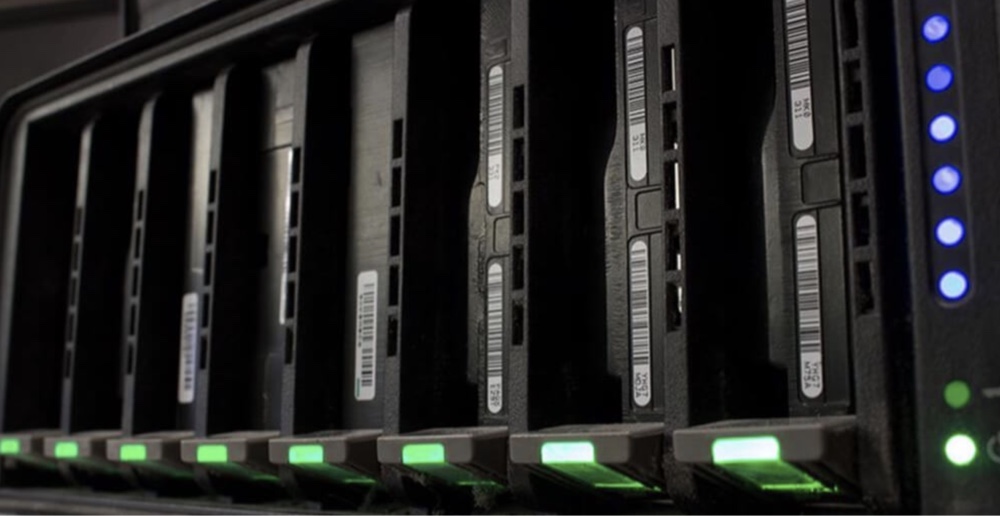
What Is RAID?
RAID stands for Redundant Array of Independent Disks, a data storage virtualization technology that combines multiple physical disk drives into one logical unit. The primary purpose of RAID is to enhance data reliability and input/output performance through various configurations known as RAID levels.
Originally proposed in 1987 by David Patterson, Garth A. Gibson, and Randy Katz at the University of California, Berkeley, RAID was designed as a cost-effective alternative to expensive, high-reliability mainframe storage. Since then, it has become a staple in everything from home servers to enterprise data centers.
How RAID Works?
At its core, RAID works by distributing data across multiple drives in a specific manner depending on the RAID level used. It achieves this using three main techniques:
- Striping: Dividing data into blocks and spreading them across multiple drives for improved performance.
- Mirroring: Duplicating data on two or more drives to ensure redundancy.
- Parity: Storing calculated data (parity bits) to allow data reconstruction in case of drive failure.
RAID arrays appear as a single logical volume to the operating system, but behind the scenes, multiple disks work together to deliver redundancy and/or performance.
RAID Levels Explained
There are multiple RAID levels, each suited to different needs. The most common include:
RAID 0 – Striping (No Redundancy)
- How it works: Data is striped across two or more disks, meaning consecutive chunks of data are written across drives in turn.
- Benefits: High performance due to parallel read/write operations.
- Drawbacks: No redundancy. If one drive fails, all data is lost.
- Use Case: Video editing, gaming setups where speed is critical but data isn't mission-critical.
RAID 1 – Mirroring
- How it works: Data is written identically to two (or more) drives.
- Benefits: Excellent redundancy. If one drive fails, the other contains a full copy.
- Drawbacks: Storage efficiency is 50%. For example, two 1TB drives yield only 1TB usable space.
- Use Case: Small business servers, home NAS, critical file storage.
RAID 5 – Striping with Parity
- How it works: Data and parity (error-checking) information are striped across at least three drives.
- Benefits: Balanced performance, fault tolerance, and efficient storage utilization.
- Drawbacks: Rebuild times can be long if a disk fails. Not suitable for heavy write operations.
- Use Case: Web servers, file storage with moderate reliability and performance needs.
RAID 6 – Striping with Double Parity
- How it works: Like RAID 5, but with two parity blocks. Requires at least four drives.
- Benefits: Can withstand two simultaneous drive failures.
- Drawbacks: Slower write performance, more complex parity calculations.
- Use Case: Mission-critical data storage, enterprise environments.
RAID 10 (1+0) – Mirrored Stripes
- How it works: Combines RAID 1 and RAID 0. Stripes data across mirrored pairs.
- Benefits: High performance and fault tolerance. Fast recovery from failure.
- Drawbacks: Expensive - requires at least four drives, half the storage is usable.
- Use Case: Databases, applications requiring speed and high availability.
Other RAID Levels (RAID 2, 3, 4, 50, 60)
- Rare or obsolete in most modern applications.
- RAID 2 uses Hamming code error correction (largely abandoned).
- RAID 3 and 4 involve dedicated parity drives (less efficient).
- RAID 50/60 are nested levels combining RAID 5/6 with RAID 0 for added performance and redundancy.
Hardware vs Software RAID
RAID can be implemented through hardware or software, each with distinct advantages:
Hardware RAID
- Uses a dedicated RAID controller (PCI card or built-in).
- Offers better performance and offloads processing from CPU.
- Includes advanced features like battery-backed cache, hot-swapping.
- More expensive and often proprietary.
Software RAID
- Managed by the operating system (e.g., Windows Storage Spaces, mdadm on Linux).
- Cost-effective and flexible.
- Uses system resources, which may impact performance.
- Easier to migrate to new hardware.
Which to choose?
- For high-performance or mission-critical systems: hardware RAID.
- For budget-conscious or flexible environments: software RAID.
Pros and Cons of RAID
Advantages
- Redundancy: Protection against drive failure (RAID 1, 5, 6, 10).
- Improved Performance: Striping (RAID 0, 10) boosts read/write speed.
- Scalability: Allows expansion of storage systems.
- Uptime: Systems can remain operational even during drive failure.
Disadvantages
- Not a Backup: RAID protects against drive failure, not accidental deletion or malware.
- Cost: Requires multiple drives, especially with mirroring.
- Complexity: Higher RAID levels demand careful configuration and maintenance.
- Risk of Data Loss: Poorly configured or failed RAID (especially RAID 0) can result in total data loss.
RAID Use Cases
Home Users
- RAID 1 or 5: Ideal for storing important documents, photos, and media collections.
- Budget-friendly NAS systems often support basic RAID levels.
Small Business Servers
- RAID 5 or 10: Offer a balance of cost, redundancy, and performance.
- Good for email, file storage, and intranet services.
Enterprise Data Centers
- RAID 6 or 10: Preferred for databases, virtualization, and critical applications.
- Used alongside tape backups and cloud redundancy for layered protection.
Creative Professionals
- RAID 0 or 10: High throughput for video editing, rendering, and large file transfers.
- Often used with Thunderbolt or high-speed storage enclosures.
Common RAID Misconceptions
RAID = Backup?
False. RAID protects against hardware failure but does nothing for user error, ransomware, or catastrophic events. A proper backup involves storing copies of data separately – ideally offsite or in the cloud.
All RAID Levels Offer Redundancy?
False. RAID 0 offers no redundancy. If any drive in the array fails, all data is lost.
RAID Is Foolproof?
False. RAID arrays can and do fail due to controller faults, simultaneous drive failure, or improper rebuilds. RAID should always be paired with a reliable backup strategy.
Setting Up RAID
Setting up RAID depends on the level chosen and whether you're using hardware or software RAID. General steps include:
- Determine the RAID level based on your needs (speed vs. redundancy).
- Gather required drives (identical in size/type preferred).
- Configure RAID through:
- BIOS/UEFI or RAID controller for hardware RAID.
- OS tools like Disk Management (Windows) or mdadm (Linux) for software RAID.
- Initialize and format the RAID volume.
- Monitor RAID health using tools like SMART, RAID management software, or alert systems.
Best Practices:
- Use enterprise-grade drives designed for RAID (e.g., WD Red, Seagate IronWolf).
- Label and document drives.
- Regularly test and verify backups.
- Use hot spares if supported.
RAID Failure and Recovery
Even RAID arrays can fail. Common reasons include:
- Simultaneous multiple drive failure (RAID 5, 6).
- Controller malfunction.
- Power surges or improper shutdowns.
- Human error during rebuild or reconfiguration.
Recovery Options
- RAID Recovery Software: Tools like Donemax Data Recovery, UFS Explorer, and EaseUS support RAID reconstruction and recovery.
- Manual Reconstruction: Rebuild RAID manually if you know the configuration.
- Professional RAID Recovery Services: Best option if data is critical or the failure is complex. Services like DriveSavers or Ontrack specialize in complex RAID data recovery.
RAID Recovery Steps
Step 1. Download and install RAID data recovery software - such as Donemax Data Recovery.
Step 2. Open Donemax Data Recovery, select the RAID drive where you lose your data.
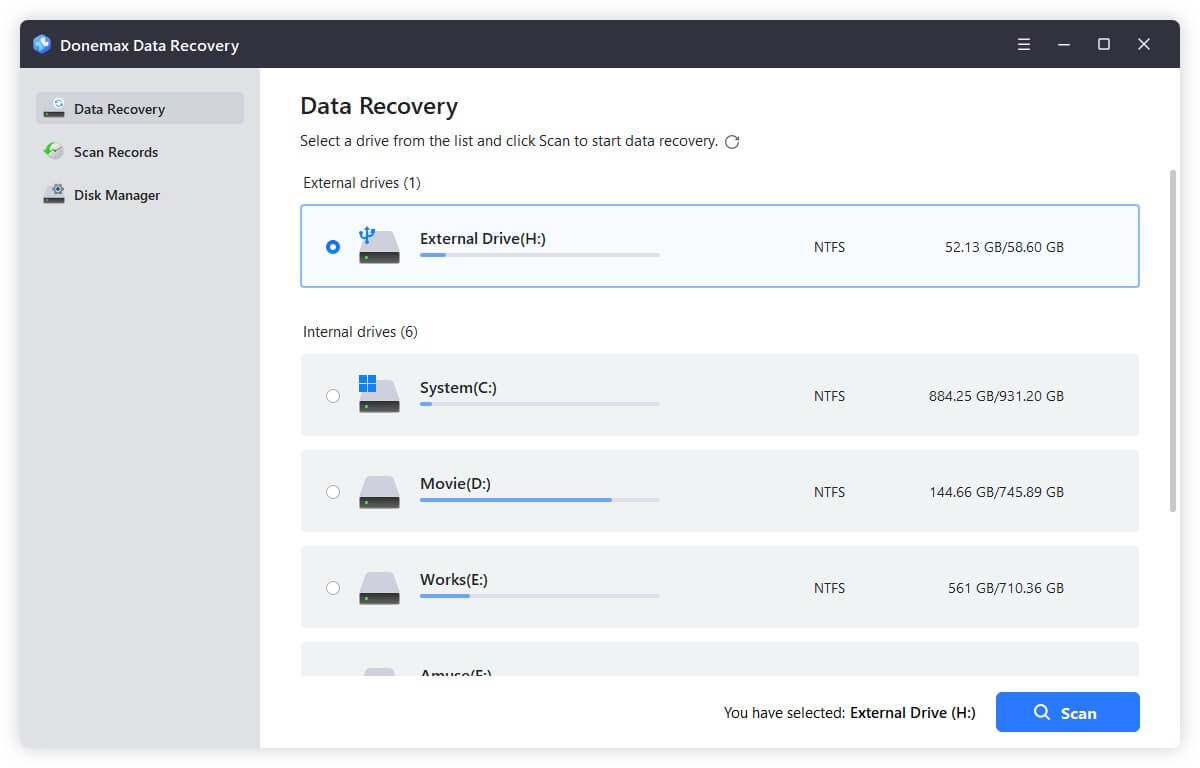
Step 3. Click on Scan button to deeply scan the selected drive and find all deleted/formatted and inaccessible files.
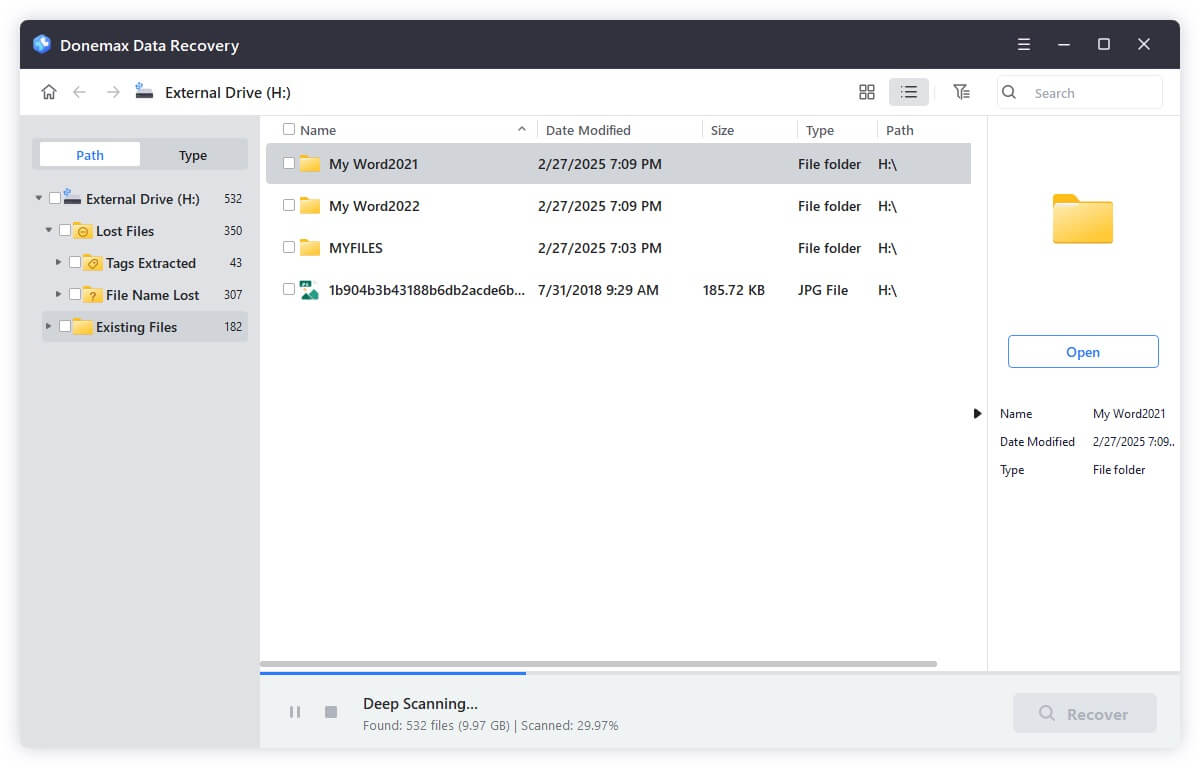
Step 4. Once the scan gets finished, you can preview all recoverable files. Then select the wanted files, click on Recover button to save them.
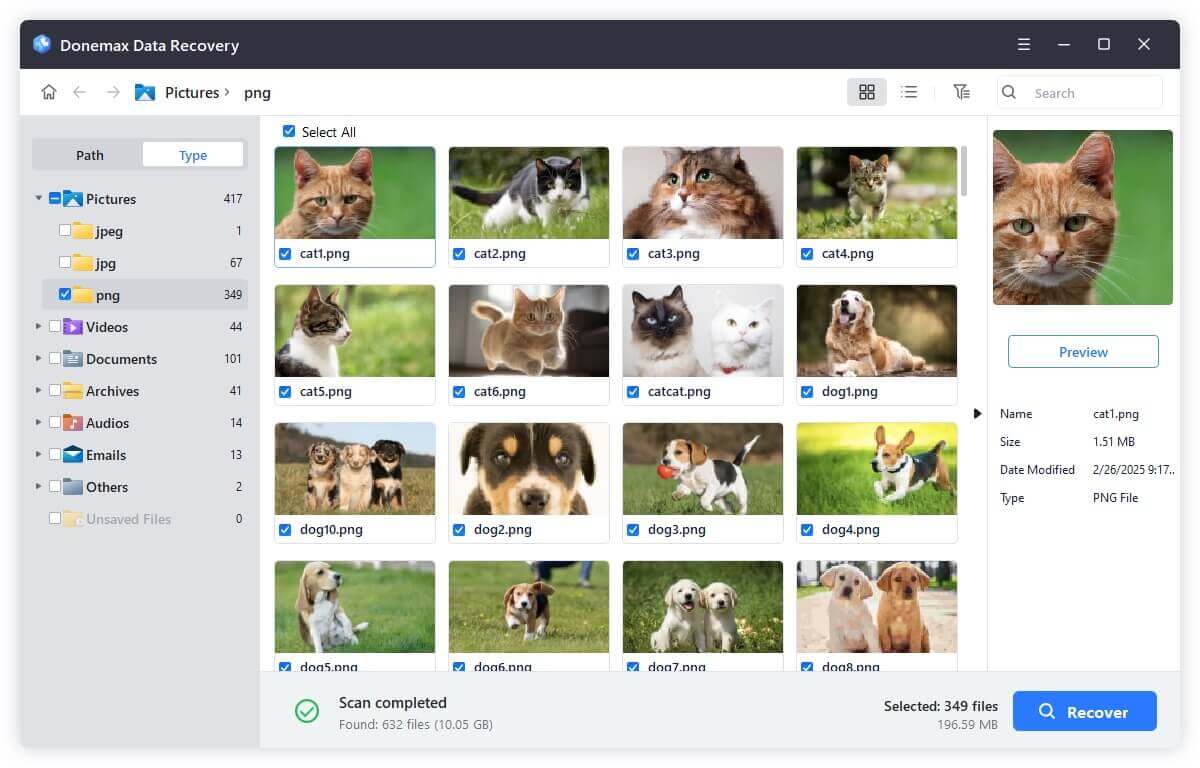
The Future of RAID
RAID, while still useful, faces challenges in the face of new technologies:
ZFS and Btrfs
Modern file systems like ZFS (developed by Sun Microsystems) and Btrfs (B-tree File System) integrate features traditionally found in RAID:
- Built-in redundancy and checksumming
- Snapshots and self-healing
- Scalability and flexibility
Cloud and Hybrid Storage
With the rise of cloud storage and Software-Defined Storage (SDS), RAID is evolving:
- Cloud RAID: Providers offer redundancy through geographically dispersed data centers.
- RAID-on-flash: SSDs introduce new challenges like wear leveling, TRIM commands, and different failure modes.
- NVMe and PCIe RAID: Used for ultra-fast data processing in modern computing.
RAID continues to serve as a backbone for local storage, but its future may lie in integration with more intelligent storage layers and distributed systems.
Conclusion
RAID is a powerful tool in the world of data storage, offering both performance enhancements and fault tolerance. Whether you're a home user looking to protect family photos or a business safeguarding mission-critical databases, understanding RAID is vital.
However, RAID is not a silver bullet. It's one layer in a robust data protection strategy. Pairing RAID with offsite backups, regular monitoring, and smart configuration ensures you get the most out of this mature yet continually evolving technology.
When set up correctly, RAID can be the difference between minor inconvenience and catastrophic data loss. Take the time to understand your needs, choose the right RAID level, and implement it wisely. Your data deserves no less.


Donemax Data Recovery
One of the best data recovery programs to recover deleted, formatted or lost data from PC, Mac, HDD, SSD, USB drive, SD card, camera, RAID, Sever or other storage devices.
Related Articles
- Dec 12, 2024How to Use Dock on Mac and Fix Common Dock Issues?
- May 28, 2025What is Micro SDXC & Is it the Same as microSD?
- May 23, 2025Ctrl + Alt + Del on Windows: What It Is and Why It Matters
- Jul 24, 2024Apple Menu on Mac
- Feb 01, 2024What Is Data Erasure?
- Sep 17, 2025Windows Secure Boot – A Complete Guide

Maria
Maria is one of the senior writers & editors of Donemax who lives and works in Sydney, Australia. She loves PC, Mac and Internet Technology. She has 6 years of writing articles about data recovery on PC/Mac, disk cloning solution, data eraser and computer OS optimization, etc. She is also interested in testing various software and digital products.

Gerhard Chou
In order to effectively solve the problems for our customers, every article and troubleshooting solution published on our website has been strictly tested and practiced. Our editors love researching and using computers and testing software, and are willing to help computer users with their problems
Hot Donemax Products
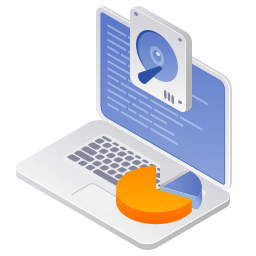
Clone hard drive with advanced clone technology or create bootable clone for Windows/Mac OS.

Completely and easily recover deleted, formatted, hidden or lost files from hard drive and external storage device.

Certified data erasure software - permanently erase data before selling or donating your disk or any digital device.
